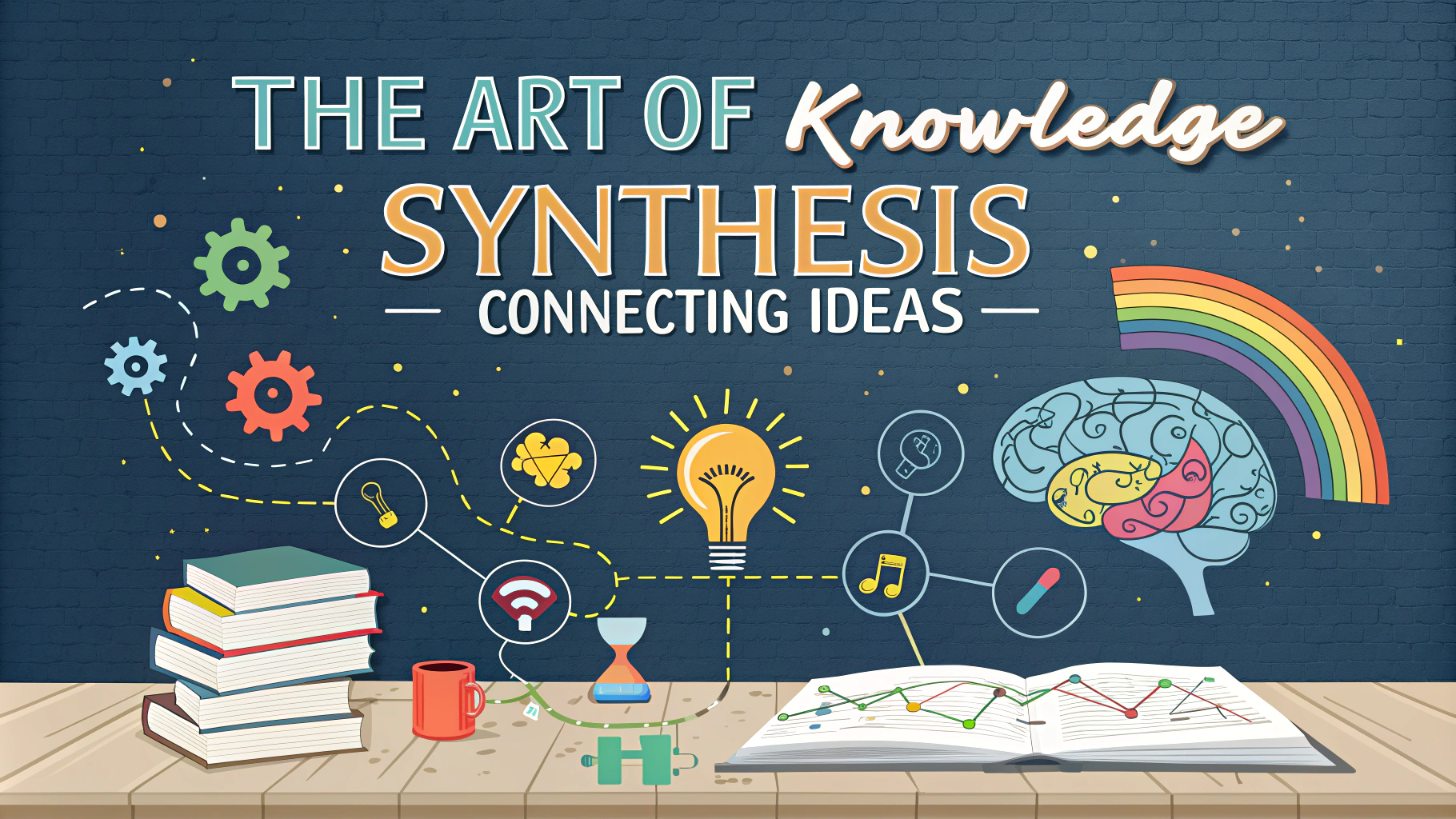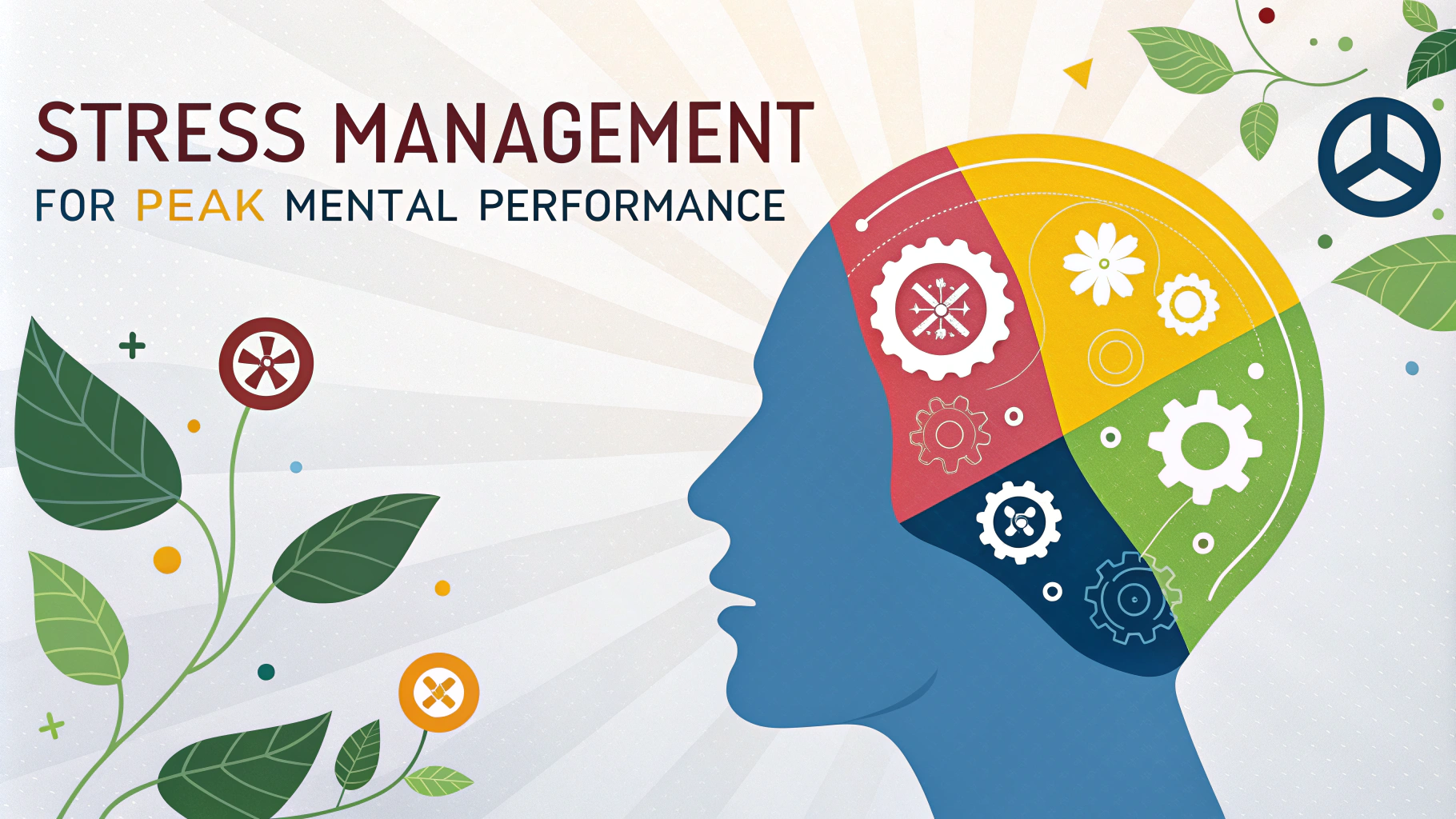Spaced repetition systems (SRS) combine digital flashcards with scientifically-proven learning intervals to help you remember information long-term.
Quick Overview of Digital Flashcard Systems
The most popular digital flashcard applications include Anki, Quizlet, and Memrise.
Key Features to Look For:
- Customizable review intervals
- Cross-platform sync
- Multimedia support
- Progress tracking
- Shared deck libraries
Setting Up Your Digital Flashcard System
Start with a single deck focused on one subject or learning goal.
Creating Effective Cards:
- Keep questions clear and specific
- Use images where helpful
- Break complex topics into smaller cards
- Include context cues
- Add mnemonics for difficult items
Optimizing Review Sessions
| Time Period | Recommended Review Length |
|---|---|
| Morning | 15-20 minutes |
| Afternoon | 10-15 minutes |
| Evening | 5-10 minutes |
Common Mistakes to Avoid
- Creating too many cards at once
- Skipping scheduled reviews
- Making cards too complex
- Ignoring the spaced repetition algorithm
Advanced Tips
Use cloze deletions to create fill-in-the-blank style cards that test contextual understanding.
Implement the Leitner system to organize cards based on how well you know them.
Add audio components for language learning or pronunciation practice.
Recommended Resources
- SuperMemo – Advanced spaced repetition software
- Brainscape – Confidence-based repetition
- Duolingo Tinycards – Language-focused flashcards
Contact the Anki support team at [email protected] for technical assistance with their platform.
Measuring Progress
Track these key metrics to assess your learning effectiveness:
- Retention rate percentage
- Time per card review
- Cards reviewed per session
- Success rate on first attempts
Set specific goals and review your statistics weekly to adjust your study strategy.
Creating Study Groups
Collaborate with peers using shared decks and group study features to enhance learning outcomes.
Group Study Benefits:
- Shared deck creation and maintenance
- Peer motivation and accountability
- Discussion of difficult concepts
- Exchange of study techniques
Mobile Learning Integration
Maximize learning opportunities by incorporating mobile review sessions into your daily routine.
Mobile Study Tips:
- Download decks for offline review
- Set review notifications
- Use commute time effectively
- Sync progress across devices
Customizing for Different Subjects
| Subject | Recommended Card Format |
|---|---|
| Languages | Audio + Text combinations |
| Sciences | Diagrams + Explanations |
| Mathematics | Problem-solving steps |
Conclusion
Successful implementation of spaced repetition systems requires consistent practice, proper card creation, and regular review scheduling. Focus on building sustainable study habits and adjusting your approach based on performance metrics.
Final Implementation Steps:
- Choose your preferred SRS platform
- Start with a small, focused deck
- Establish daily review routines
- Monitor and adjust your system
- Gradually expand your study materials
FAQs
- What exactly is a spaced repetition system and how does it help with learning?
A spaced repetition system (SRS) is a learning technique that spaces out review of information at gradually increasing intervals based on how well you remember it. When you recall something correctly, the time until the next review gets longer; when you forget, the interval shortens. This method works with your brain’s natural memory patterns to move information into long-term memory efficiently. - Which digital flashcard apps are considered the best for spaced repetition?
Anki, SuperMemo, Quizlet, and Memrise are among the most effective digital flashcard applications. Anki is particularly popular in academic and medical fields due to its sophisticated algorithm and high customization options. - How often should I review cards in a spaced repetition system?
The system determines review timing automatically based on your performance. Initially, you might review cards daily, but as you master them, intervals can extend to weeks or months. The key is to trust the algorithm and review cards exactly when they’re scheduled. - What’s the ideal length for digital flashcards?
Digital flashcards should follow the minimum information principle – one clear question or concept per card. The answer should be concise, typically no more than 1-2 sentences. Complex topics should be broken down into multiple cards. - Should I make my own flashcards or use pre-made decks?
Creating your own flashcards is generally more effective because the process of making cards helps with initial learning. However, using high-quality shared decks can be time-efficient for standardized material like medical terminology or language vocabulary. - What’s the optimal number of new cards to add per day?
For most learners, adding 10-20 new cards per day is sustainable. This number should be adjusted based on your available study time and the complexity of the material. It’s better to start small and increase gradually than to get overwhelmed. - How do I prevent forgetting cards even with spaced repetition?
Regular review according to the schedule, creating memorable associations, using mnemonics, and including relevant context in your cards helps prevent forgetting. Also, understanding the material rather than just memorizing is crucial. - Can spaced repetition be used for all types of learning?
Spaced repetition works best for factual information, vocabulary, concepts, and basic principles. While it can support learning complex skills, it should be combined with other methods for procedural learning or deep understanding. - What’s the difference between active recall and spaced repetition?
Active recall is the process of actively trying to remember information, while spaced repetition is the scheduling system for when to practice that recall. Digital flashcard systems combine both principles for optimal learning. - How do I structure my flashcards for maximum effectiveness?
Use clear, specific questions, include relevant context, avoid multiple-choice format, use images when helpful, and ensure cards test understanding rather than just recognition. Break complex topics into atomic concepts and maintain consistency in card formatting.








